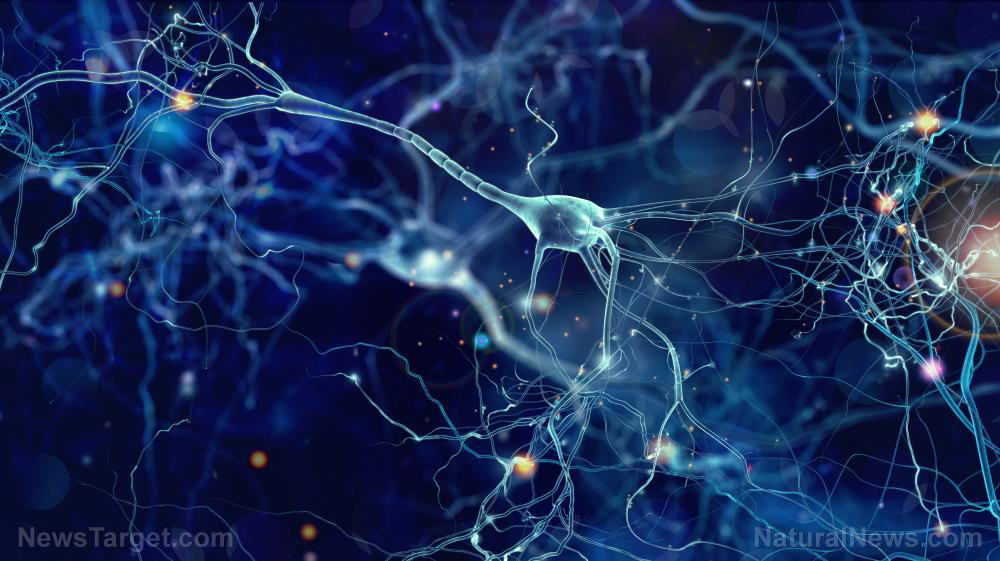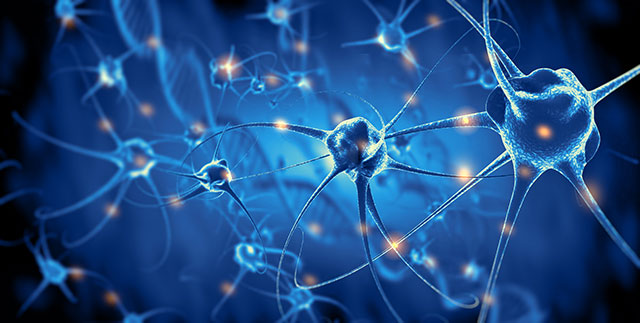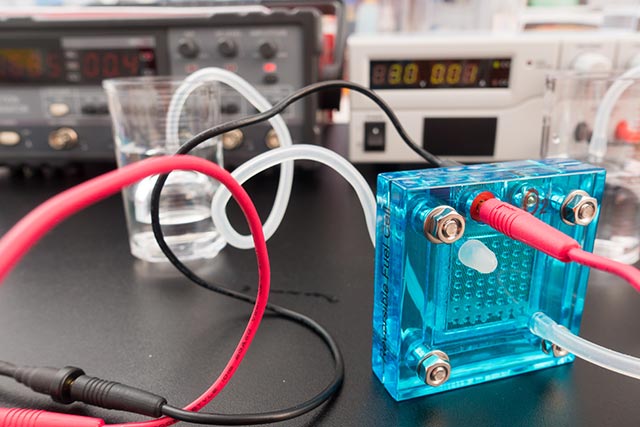New study sheds light on how Alzheimer’s disease damages the brain
04/19/2019 / By Edsel Cook

Researchers claimed to have figured out exactly how amyloid beta and tau proteins harm the brain during the onset and progress of Alzheimer’s disease. They urged for therapies that simultaneously target both pathogenic proteins because the structures they formed could interact with each other.
When amyloid beta accumulates in the brain, it forms stiff plaques. Similarly, high levels of tau form structures called neurofibrillary tangles.
“Our current study reinforces growing evidence suggesting that A-beta and tau work together to impair brain function and that, for certain aspects of that impairment, tau predominates,” explained Dr. Bradley Hyman, a researcher from the Massachusetts General Hospital (MGH) who served as the primary author of the scientific paper. “We are intrigued to learn how they are interacting at a molecular level, in order to find ways of blocking that synergy.”
Hyman and his team ran a number of animal models that simulated Alzheimer’s disease in humans. Through the use of multiphoton calcium imaging techniques, they evaluated the activity of neurons in the brain of mice with amyloid beta plaques and neurofibrillary tangles. (Related: Coconut oil studied for its potential to reverse Alzheimer’s.)
Over-expression of tau proteins causes Alzheimer’s symptoms
Tests with a mouse model of amyloid beta over-expression reinforced earlier findings that the protein’s plaques cause hyperactivity in the neurons. Separate tests with models involving increased expression of different forms of tau showed that higher concentrations of the harmful protein caused neural activity to go down. This applied even if the tau had not yet formed neurofibrillary tangles.
A fourth mouse model simulated the presence of both amyloid beta and tau in large amounts. Tests showed that affected animals displayed decreased levels of brain activity, suggesting that tau’s harmful effects took precedence over those caused by amyloid beta.
The mice used in the four models were bred so that their body’s production of tau proteins can be stopped if the animals undergo specific treatments. The MGH researchers took advantage of this to determine any correlations between the proteins.
They recorded the neural activity of the mice as a baseline of comparison before treating two groups of animals. Some of the mice produced excessive amounts of both amyloid beta and tau proteins, while others only over-expressed tau.
Six weeks after treatment, the researchers again evaluated the brain activity of the mice. They compared the post-treatment data with the pre-treatment data.
Therapies need to target both amyloid beta and tau proteins
The MGH researchers found that blocking tau expression restored the normal brain activity of mice that over-expressed that protein. This included both young mice with still-developing brains and old specimens that could no longer grow new brain cells.
However, the animals that over-expressed both amyloid beta and tau did not regain their original levels of neural activity, even after receiving the treatment. The signs of neural damage could be seen even in the youngest mice, which should have been able to recover better than their elders.
The researchers believed that their results explained why recent clinical trials of amyloid beta-blocking treatments were not able to effectively alleviate the symptoms of Alzheimer’s disease. Those experimental therapies left tau proteins alone, which continued to cause problems in the brain.
“One implication of our work is that approaches combining anti-A-beta and anti-tau therapies might be more effective than either alone, at least from the perspective of neural activation,” warned Hyman, who also served as a professor at Harvard Medical School. “Finding that tau and A-beta work in a synergistic fashion opens the doors to new research into understanding exactly how that interaction works.”
Sources include:
Tagged Under: Alzheimer's disease, amyloid beta, amyloid plaques, brain amyloid beta levels, breakthrough, discoveries, neural activity, research, tau



















